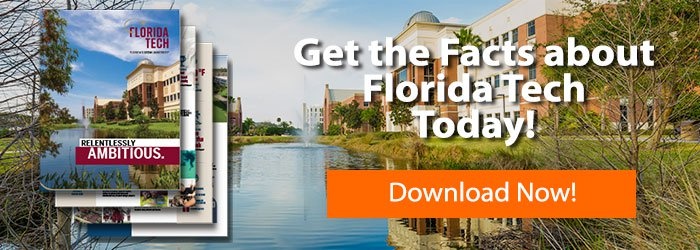Baby Drifters
Wednesday, May 16 – Plankton Sampling. The Florida Tech Oceanography students went out on the 20-foot boat, the Pugettia, to collect plankton.

We towed for just a couple of minutes and the samples rapidly filled with thick muck strained from the water column.


This was a mix of zooplankton and [mostly] phytoplankton. The predominant phytoplankton was a chain-forming variety of the diatom Chaetoceros. The long spiral chains lay across the zooplankton mesh like “pick-up sticks” and quickly clog the net.

There were many other types of zooplankton and, in addition, the Oregon Institute of Marine Biology’s Embryology class also loaned the Florida Tech Biological Oceanography students some larvae of great diversity and known origin.

These included mitraria larvae of the polychaete Owenia…

actinotroch larvae of the phoronid worm Phoronis viridis…

… brachiolaria larvae of the famed sea star Pisaster ochraceus, and many others. In addition, they had late stage pluteus larvae of the purple sea urchin Strongylocentrotus purpuratus, which gave the Florida Tech Biological Oceanography students a chance to see what the later stages will look like in spite of our brief two-week visit. The opportunity to observe these unique and exciting planktonic larval forms was one of the highlights of the trip – for the instructor …






